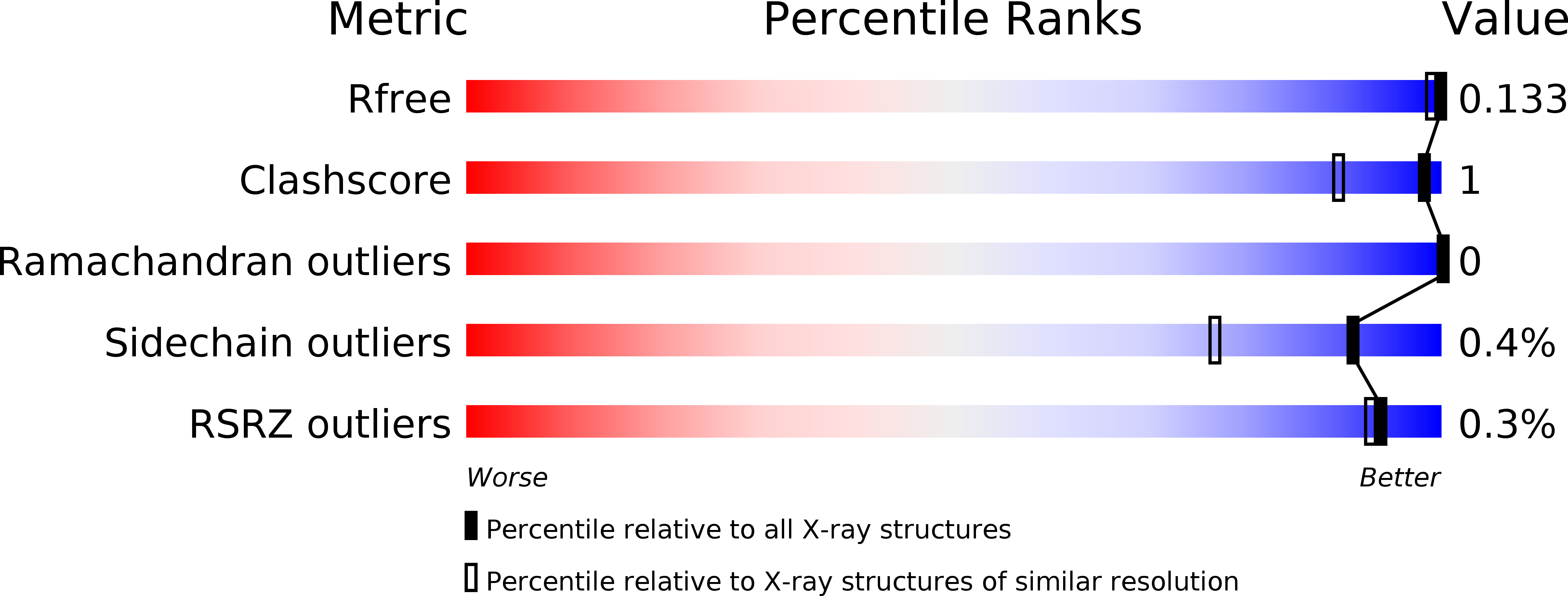
Deposition Date
2016-09-19
Release Date
2017-08-09
Last Version Date
2024-11-20
Method Details:
Experimental Method:
Resolution:
1.25 Å
R-Value Free:
0.13
R-Value Work:
0.11
R-Value Observed:
0.11
Space Group:
P 1 21 1


